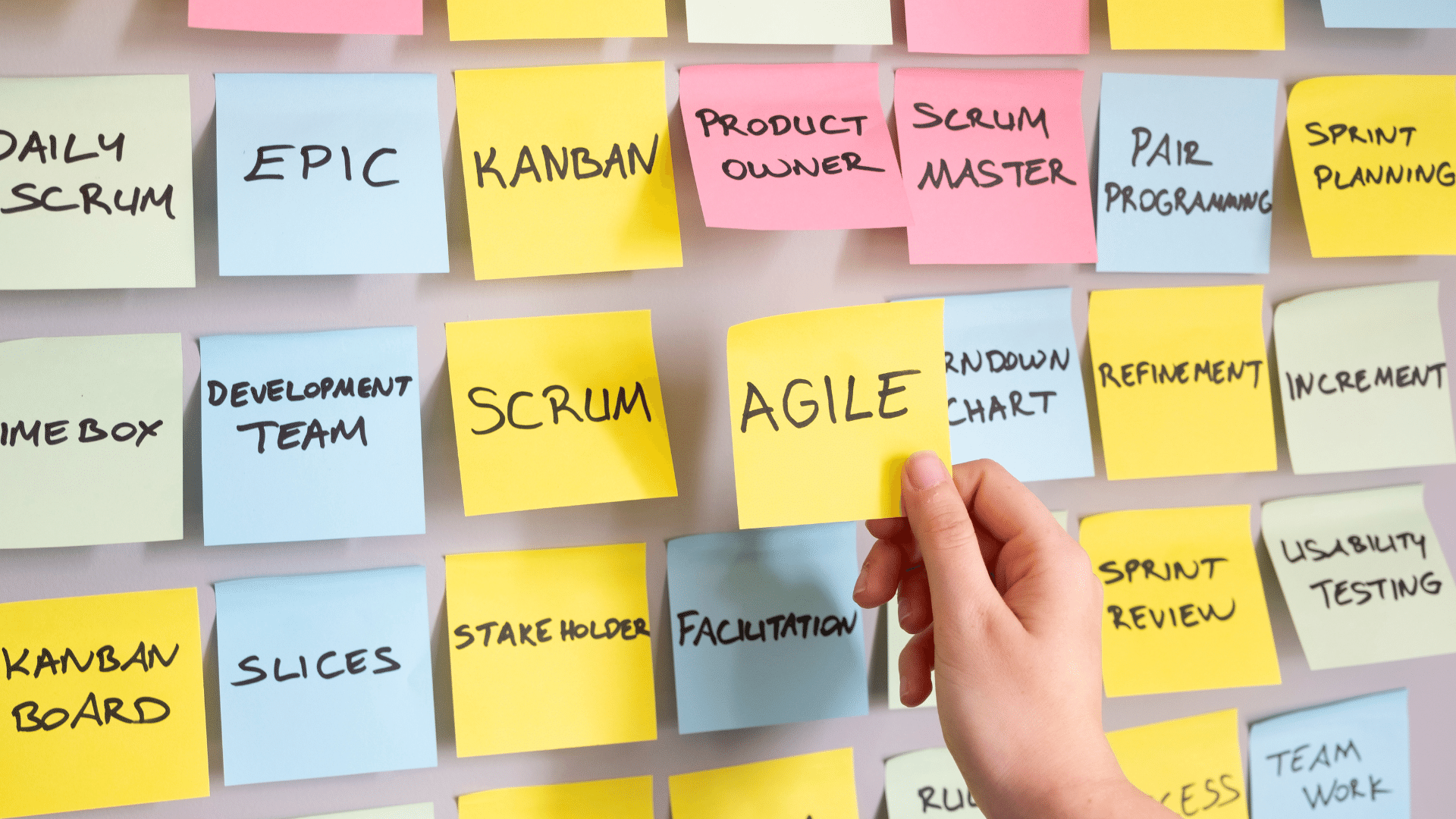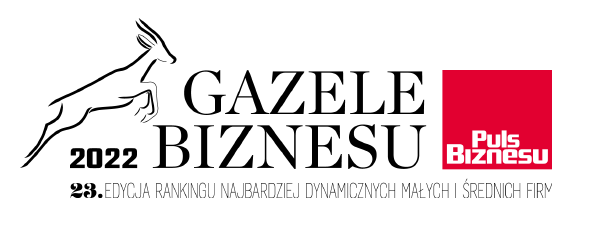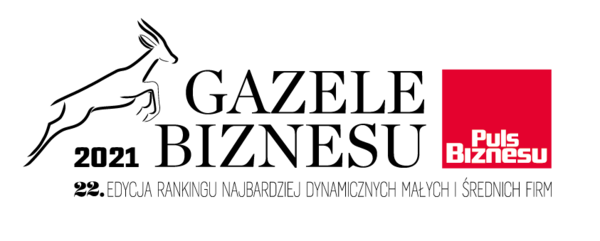What is Agile?
Tematy: Agile, Agile management, Agile programming, Agile Teams, Architect, Remote teams, Scrum, Scrum Master

The term “Agile” has grown in popularity significantly over the past decade. Agile management is a topic that often appears at IT conferences in Poland and around the world. This is what is often behind the success of the largest technology companies. It allows you to achieve the best results in a short time and with little effort.
It’s an iterative approach to project management and software development that helps remote teams deliver benefits to customers much faster and with fewer problems. Agile teams do not deliver all the work at once, but rather deliver the work in small but useful increments. All plans and results are continuously evaluated, allowing teams to react quickly to any changes. In Agile there are designated so-called sprints that are short, time-limited periods in which a team works on a specific issue and completes a given amount of work.
In the so-called cascade model, specific people are responsible for a given segment of the project, where the given tasks pass to the next stage. In contrast, Agile allows you to coordinate projects with a large number of variables and supervise all stages of work. This approach is based primarily on cooperation, open communication, flexibility and mutual trust among team members. In contrast to the Cascade model, Agile assumes that at the beginning of the project we are not able to accurately plan its entire course. And although it is the project lead, i.e. Scrum Master and product owner, i.e. architect, who watches over the work of the whole team, setting priorities and effectively supervising all projects, it is actually the team that independently organizes the work based on detailed tasks. Agile project management takes place in several stages, consisting of repetitive cycles.
In practice, Agile is not just a collection of events or specific programming techniques. Project management based on Agile methodologies takes place in several stages, consisting in a total of repetitive cycles. After the completion of each of them, we wait for feedback from the client and make changes, constantly improving the project. Everything is based on a certain framework, which in this case we call Scrum.
What is a scrum?
This is nothing more than a framework that makes it easier for teams to work together. It encourages teams to continuously improve, learn from experience, self-reliance, responsible organization and continuous improvement of the project. Although Scrum is most often used in the IT industry, its principles can be applied to any type of teamwork. This framework is related to Agile project management and describes a set of meetings, tools and roles that are extremely helpful in managing and organizing work.
The Scrum framework is based on continuous learning and adaptation to variable factors and on the assumption that the team improves with the experience gained. This framework is designed to help teams naturally adapt to changing customer conditions and requirements, while taking into account the prioritization of tasks that are part of the process. By taking into account short release cycles, the team can constantly learn and improve.
Scrum Team
A scrum team requires three specific roles: Product Owner, Scrum Master, and software development team. Due to the fact that Scrum teams include different departments, teams include, among others, programmers, testers and designers.
Product owners are experts in the product they manage. Their tasks consist primarily in understanding the requirements of the business, the customer and the market, as well as determining the priorities of the work to be carried out by the engineering team. They are mainly engaged in creating and managing a product backlog, providing the team with clear instructions and deciding when to deliver the product. It is worth noting, however, that the product owner is not always the product manager. Product owners focus primarily on ensuring that the software development team delivers the highest value to the company. In addition, it is important that the product is owned by one person, because no team wants to receive conflicting tips from two experts.
Scrum masters are the Scrum champions in their teams. They train team members, product owners and others in the company in the Scrum process and continue to focus on improving their practices. It can be said that such a person is the main coordinator of the project.
Scrum teams are responsible for creating the software. The most effective teams are compact, located in one place and usually consist of five to seven members. Team members have different skills and learn from each other. Successful teams are often able to effectively organize their own work and support each other to ensure an effective sprint finish.
Why bet on agile management?
Well-planned, well-thought-out and implemented Agile transformation, supported by highly skilled senior managers, allows for a significant increase in team efficiency and faster delivery of higher quality products. Teams that choose to implement agile methodology can quickly respond to market changes and customer feedback, modifying services on an ongoing basis. Current planning and delivery of products in small, frequent increments allows you to collect customer feedback on each change and include it in subsequent plans.
When we use a cascading model to lay out a plan for a client, we create something based on what he told us. We estimate the potential risk and try to manage it. We work and provide ready-made solutions, and then it often turns out that the client needs something other than what he declared at the very beginning or that he had in mind something completely different from us. All of a sudden, we may not have known about a lot of things. And this kind of “surprises” can burn a lot of time and money.
However, when we base our planning and operations on Agile, there is a good chance that we will be able to detect problems early and modify the project to best meet customer expectations. In this model, authentic human interactions are more important than rigid processes. Ongoing collaboration with customers and other team members is really key and often more important than the initial rigid assumptions.
It is this common goal that makes it possible to provide the highest quality products that are modified on an ongoing basis. And although at first such a model may seem risky, many companies confirm that this is one of the most effective ways to meet and exceed customer expectations.











